Mourning doves are small birds in the dove family known for their melancholy vocalizations. They are also known as “American mourning doves,” “rain doves,” “turtle doves,” and “Carolina pigeons.”
These doves are extremely popular game birds, and are hunted in large numbers yearly. Thankfully they are very prolific breeders, and easily capable of maintaining their populations. Read on to learn about the mourning dove.
Description of the Mourning Dove
These birds are usually around 12 in. long from head to tail, and approximately 4.5 oz. on average. Their legs and beaks are both quite short, and their tails are rather long. This bird ranges in color from light grey to brown, and its underside has a light pink hue. Each wing is slightly dappled with black spots. Males have iridescent plumage on the neck, but in females it is very muted.
Interesting Facts About the Mourning Dove
These common and widespread doves can be easily overlooked. They are an important game bird, both for sport and meat, but also have a number of interesting traits and characteristics as well.
- Soulful Sound – This dove’s characteristic call isn’t a sad song at all, rather, it’s a call to action! Males call to attract females and find a potential mate. Females rarely vocalize.
- Warning Whistle – Rather than vocalizing when danger comes calling, these birds make an odd whistling during takeoff. The sound of one bird taking off alerts the rest in the flock to potential danger, and all the birds alight at once.
- Swift on the Wing – These doves have long, pointed, wings and long tails. This helps them increase speed in flight. Their ability to fly quickly is their primary defense against predators, and they can clock in at over 55 mph!
- Crop Milk – Just like their cousins, pigeons, mourning doves produce a crop milk to feed their young. Also known as pigeon or dove’s milk, this food is a secretion from the crop that is high in protein and fat. This “milk” helps the young grow quickly.
Habitat of the Mourning Dove
This species is fond of open and semi-open habitats, rather than dense vegetation. They frequent parks and other urban areas, prairies, farms, grasslands, and lightly wooded areas. They are generally absent from swamp and forest habitat. Like pigeons, they have adapted well to urbanization and thrive near cities and farms.
Distribution of the Mourning Dove
Mourning doves are native to North America, and parts of Central America. They can be found across the entirety of the United States and parts of Mexico year-round. In the summer they can also be found in parts of Canada, and in the winter they can be found into Central America. This species is also found in the Bahamas, Cuba, and other nearby islands.
Diet of the Mourning Dove
The diet of this dove consists almost exclusively of seeds. In fact, more than 99% of their diet is seeds, and the occasional snail or insect is consumed if available. While feeding, they will fill their crops and digest in a safe place. Sand or gravel is often swallowed to help grind the seeds in the crop and aid in digestion. Some of their favorite seeds are canola, sunflower, corn, safflower, and millet.
Mourning Dove and Human Interaction
Humans hunt these doves by the millions, literally! Both for sport and for meat, over 20 million birds are taken annually, and some years up to 70 million are killed. Despite this incredibly high hunting pressure, their population is stable. This is due to their incredibly fast reproductive rate.
This does not mean that caution should not be taken with hunting these birds. If the incredibly high initial populations of passenger pigeons are any indication, humans are capable of wiping out immense population numbers.
Domestication
There are species of domesticated pigeons and doves, but mourning doves are wild birds and not domesticated in any way.
Does the Mourning Dove Make a Good Pet
It is illegal to own a mourning dove as a pet, because they are protected under the Migratory Bird Act.
Mourning Dove Care
In a zoological setting, these doves are relatively easy to care for. They should be kept in groups, as they are social birds, but provided with plenty of space. Having room to fly and strengthen their wings is essential.
Their diet is easy to replicate, as seeds are commercially produced for domestic birds. they should be provided with a varied diet, and any additional vitamins or nutrients recommended by their veterinarian.
Behavior of the Mourning Dove
These birds will generally remain in pairs or small groups while foraging. They are most active during the day, and sleep, or roost, at night. When they are not breeding, this species will gather in large numbers to roost at night. During the breeding season they remain with their mate and care for their young.
Reproduction of the Mourning Dove
Males attract a mate by vocalizing, making fancy flights, and dancing. Once he has won over a female they will search for an acceptable nesting site. The female builds the nest while the male collects materials and brings them to her. She will lay two eggs, and both parents will incubate them.
After two weeks the eggs hatch, and the young pigeons are called “squabs.” It takes just 11 – 15 days until the squabs fledge, and they will be fully independent in another 2 weeks.

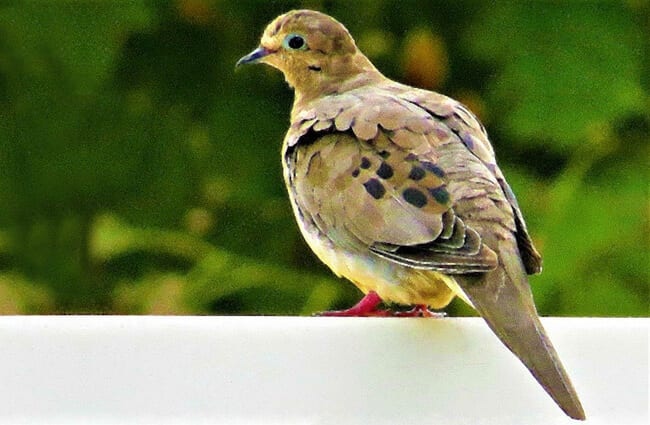
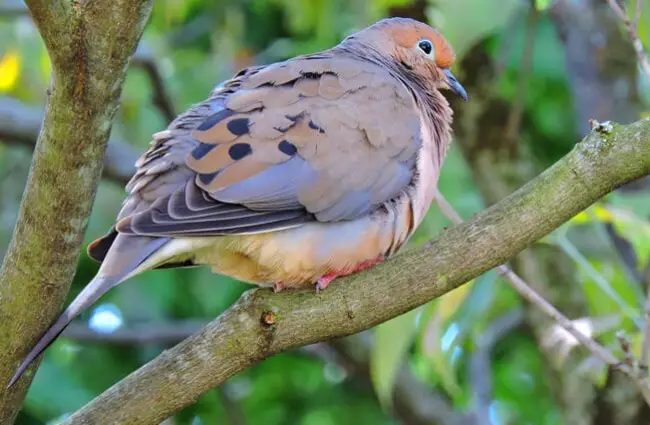
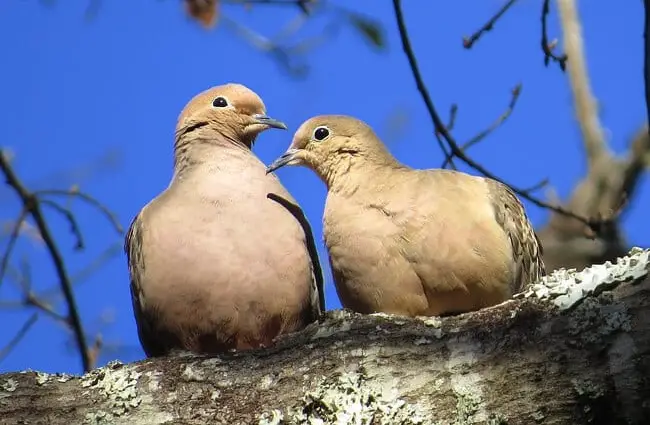

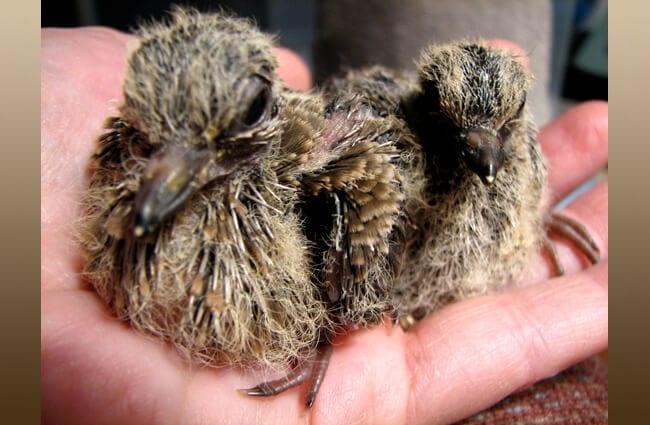


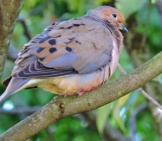
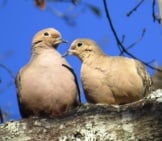
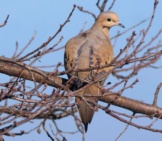
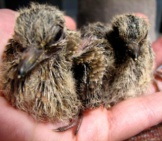
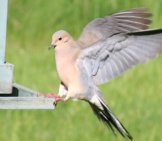
![Red Angus Closeup of a beautiful Red Angus cowPhoto by: U.S. Department of Agriculture [pubic domain]https://creativecommons.org/licenses/by/2.0/](https://animals.net/wp-content/uploads/2020/03/Red-Angus-4-238x178.jpg)












![Red Angus Closeup of a beautiful Red Angus cowPhoto by: U.S. Department of Agriculture [pubic domain]https://creativecommons.org/licenses/by/2.0/](https://animals.net/wp-content/uploads/2020/03/Red-Angus-4-100x75.jpg)

